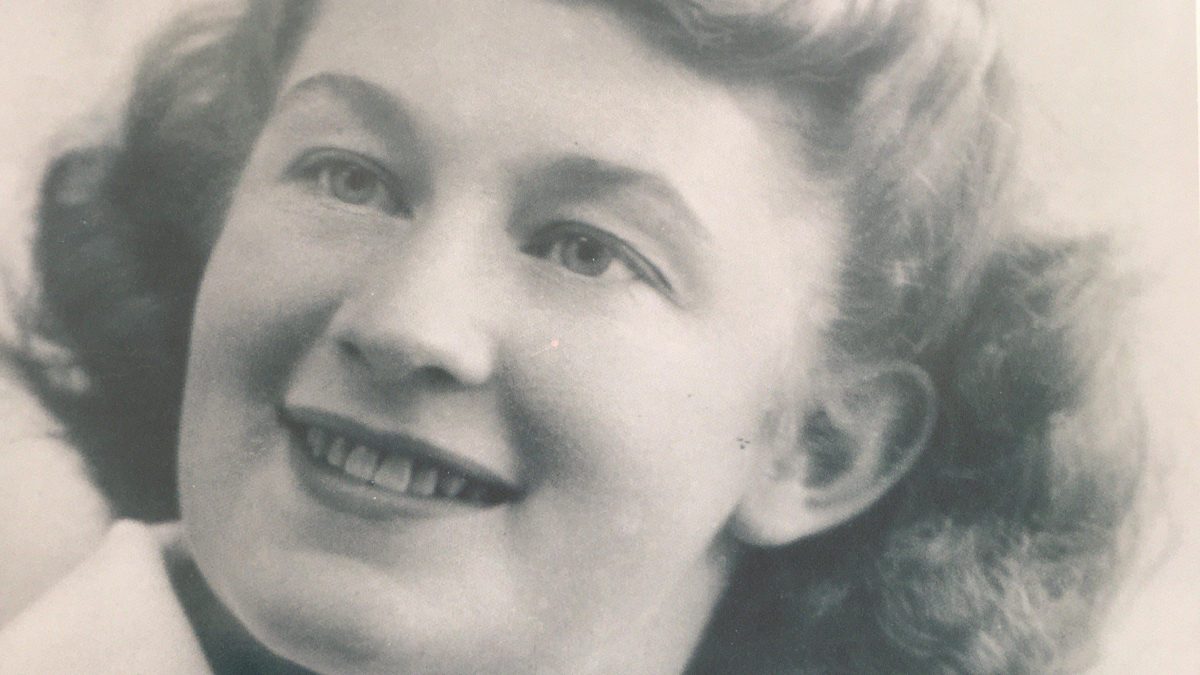
Let There Be Light
On May 7th 1945 the war with Germany ended. On May 8th at 3pm it was official and that nightblack out curtains were torn down and turned into skirts and dresses.
Bonfires were lit across the nation. That night, for the first time in years there was light.
Street parties, despite rationing were held but rationing continued and our population needed to be fed. We had to continue to dig despite victory and while the men had waged war abroad, the battle on the land here was by womankind. Forest Flora Pays tribute to the heroes of the Women’s Land Army
In Ursula Buchan’s book A Green and Pleasant Land we learn that In 1939 over two-thirds of Britain’s food was imported and agriculture and commercial horticulture was in steep decline. Imports would be severely limited due to the threat of German submarines. We suddenly had to ‘grow our own’ for 45 million people. No surprise then, that rationing was introduced in1940
The Women’s Land Army (WLA) was originally set up by the Board of Agriculture in 1915 to grow food for the United Kingdom and disbanded at the end of the First World War. But it was re-formed in June 1939 in preparation for World War Two. Lady Gertrude Denman the then president of the Women’s Institute was tasked with re establishing the organization. On the 29th August 1939 The WLA headquarters were created in West Sussex. Just 5 days later war was declared.
The WLA had their work cut out but recruitment had begun in earnest. Joining the WLA was voluntary from 1939 until 1941 with the publicity campaign that we know so well ‘Dig for Victory” ensuring a steady steam of 20,000 volunteers. But many women were understandably reticent. Allotment gardening had been a male preserve and women feared their condescension. However conscription meant greater numbers were recruited and by 1944 there were 80,000 members.
The work was hard, both physically and mentally. The members of the WLA were expected to work in all weathers across a variety of conditions all year round and they could be stationed anywhere in the country. They had to work for more than three years before being given special consideration for return to their home county. Also, shamefully, women were paid less than men for doing the same work.
The work was varied. While over a quarter of Land girls worked in dairy farms some were responsible for rat catching and for killing rabbits, foxes and moles as these were serious threats to food supplies. Land was reclaimed and areas previously unsuitable for farming were transformed using heavy machinery such as excavators and tractors. It was the women that operated this machinery. In 1942 there was a specialist forestry branch formed called the Timber Corps and the women were known as Lumber Jills. Many women were also employed at Kew Gardens much to the consternation of the few remaining men (Amanda Mason, IWM).
Yet, the women at Kew played an important role in research and their greatest coup came with the discovery of the high content of vitamin C in the hips of rosa canina (the common dog rose growing across most hedgerows in the autumn). Rose hip syrup was invaluable to the health of infants and young children during the war years and beyond.
In 1945, despite the war ending, the WLA was still battling to secure the harvests and, by August 1946, there were still 54,000 Land Girls working on the land. In 1948 the Ministry of Agriculture admitted that the WLA would be needed for another two or three years. But, during this time, women were losing their jobs to the men returning from war and, in 1945, the decision was made to exclude members of the WLA from post-war financial benefits. An abhorrent decision that led to the resignation of Lady Gertrude Denman in protest. It was on November 30th 1950 that the women’s Land Army was finally disbanded.
From June 1939 until November 1950, five years after the war ended, over 200,000 Land Girls worked to feed the nation. Today, whether you are a land girl or a land boy with a little ‘L’, a huge debt of thanks is owed to all of those women.
Useful contacts:
Buchan, Ursula. A green and Pleasant Land: How England’s Gardeners Fought the Second World War, Hutchinson, 2014
Antrobus, Stuart. ‘We Wouldn’t Have Missed It For the World’: The Women’s Land Army in Bedfordshire, 1939-1950. Copt Hewick: Book Castle, 2008.
Clarke, Gill. The Women’s Land Army: A Portrait. Sansom & Company Ltd, 2008.
- Author
- Mark Cummings
- Guest Editor
- Jimmy Flynn
